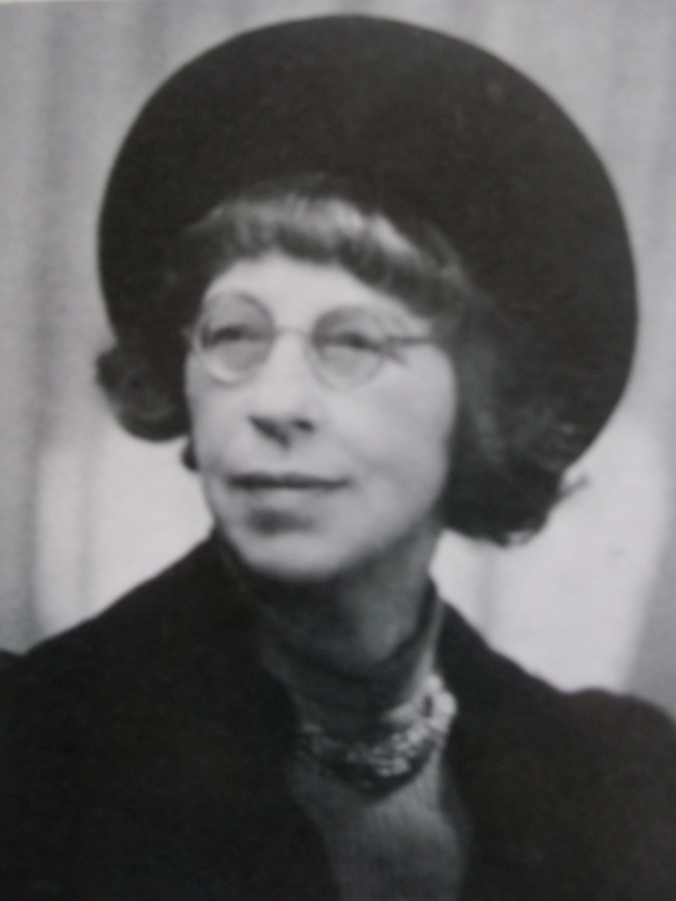Middlesex 2nd XI v Hampshire 2nd XI, Radlett, 5th August 2014
Sussex 2nd XI v Gloucs 2nd XI, Hove, 12th August 2014

August. From one point of view, when the season reaches its climax (or a series of climaxes). We’ve had the climax of the Test series, the knock-out stages of the T20 climaxing at Edgbaston and, for lovers of the traditional one-day form of the game, the Royal London 50 over competition, which is, as I write, building to its climax at Lord’s in September. As the County Championship has been pretty much in suspension since July, my August has, since my moment of revelation on the Rec, been a bit of an anti-climax, though not without its own subtle jouissances.
I’ve mostly been watching 2nd XI cricket, which is a funny old beast. Leicestershire take it seriously and usually field a side which is barely distinguishable from their 1st XI. As a result, we have already won the T20 Cup and are in the Finals of the 50 over and 3-day competitions. Other counties mostly use it to give players who are out of nick or who aren’t used in one-day cricket a chance to get back into and keep in form, or to have a look at triallists and Academy players. You might occasionally spot an interesting new talent (such as Sam Hain the other week) or you might, as I did in these two matches, see some competent professionals such as Sean Terry, Joe Gatting and young Tavare (all second generation cricketers) making some untroubled runs against some occasionally ropy bowling.
I don’t think it adds to the would-be 1st teamers’ enjoyment that many of these games are played at club grounds (though it’s a part of the enjoyment for me). It must seem a bit infra dig for them to have to go back to searching for lost balls in the hedge (as here at Radlett), when you are more used to the satisfying bonk of ball on boundary board at the County Ground.


Radlett (as regular readers will know) is a ground that is of particular significance to me ; I pass it every day on the train in and out of work. When it vanishes into the gloom at the end of October I know Winter is here and when it first reappears in the early morning mists at the end of February my thoughts begin to turn to the hope of a new Season. In truth it is a pleasant enough ground, in the Home Counties style, though what I’m not aware of when I speed past on the train, is, of course, the noise from the trains speeding past and, less obviously, that it is underneath what I take to be a flight path from Luton Airport to London for light aircraft and helicopters. At times there were so many of them overhead it was like watching cricket in a scene from Apocalypse Now.
From my train window Radlett is at its best in Autumn (a willow at mid-wicket provides some wonderful effects when losing its colour)

and the first signs were there that it is gearing itself for a spectacular display this year.

Which will be some consolation, as I’m plunged into darkness once again.
A ground, by contrast, I’d expect to be at its best in August is Hove (or to give it its official title TheBrightonandHoveJob.com County Ground). Good old Sussex-by-the-sea, a cavalcade of raffish manifestations of the amateur spirit – Fry, Ranji, Gilligan, Dexter, Snow, Imran – all of that and all of them. And, to give it its due, that spirit is still sensibly lingering somewhere around the ground, but buried pretty deep beneath the spirit of commerce.
As Google will tell you, the ground isn’t so much a cricket ground as a multi-use complex, so complex that it requires a forest of signage to direct you if you’ve come there to want to watch a game of cricket, as opposed to patronising the Italian restaurant or visiting one of the retail outlets or small business units it also houses.

Of the main buildings, the neo-Edwardian glamour of the Spen Cama Pavilion (Cama was a mysterious snuff-sniffing Anglo-Indian barrister and property speculator who left the club a huge legacy) is still strong enough to shine through all the advertising hoardings

the moderne players’ pavilion just about makes it through too (“Never hurt – never fall out” is not, incidentally, some kind of team-building advice, but the slogan of the club’s “official earphone suppliers”)

but the charm of the poor old scoreboard and clocktower has sunk completely beneath the gaudy pixels

and even C.B. Fry now comes sponsored by Parafix Tapes and Conversions Ltd.

In fact, so packed is every nook and cranny of the ground with money-making wheezes that it wouldn’t be too surprising (and quite in keeping with the traditions of the resort) to find they’d set up some sort of bijou brothel round the back of the scoreboard.
But who am I to mock? Sussex is, as I’m sure they’d rightfully point out, in many ways a model for how a small county can thrive. They are in Division One (and have been for some years), we are not and not likely to be for the foreseeable future. They have trophies in recent memory; we have none (except for the T20). So I suppose I’ll have to hold my nose and look forward to visiting the Pukka Pies Arena and sitting in the George Geary (sponsored by Airfix, Netflix or Durex) Stand.
(One feature of the ground I did warm to was the dog (a spaniel?) who helped the groundstaff when they were trying to clear up after the rain. I wonder who his sponsor is?)


































